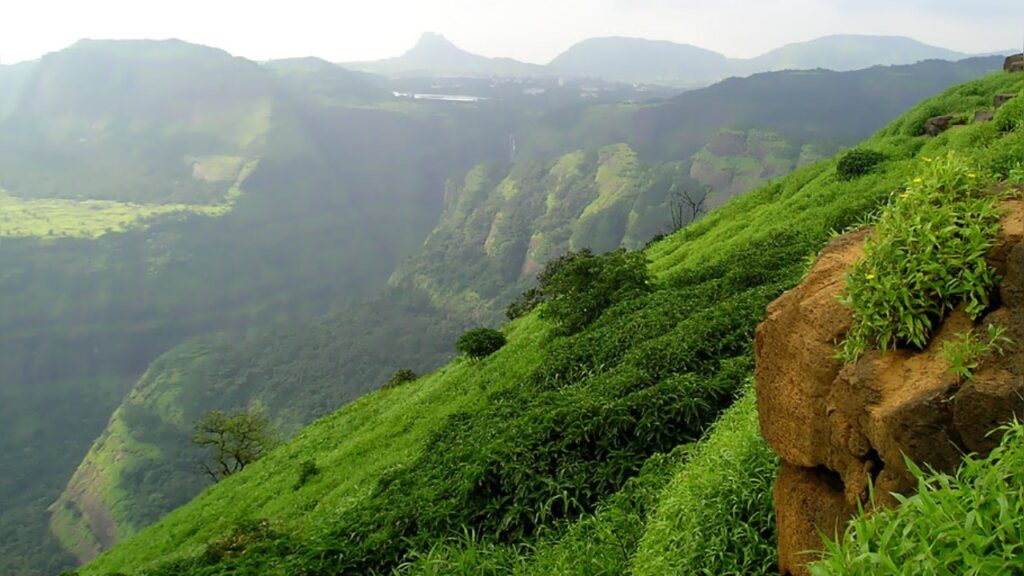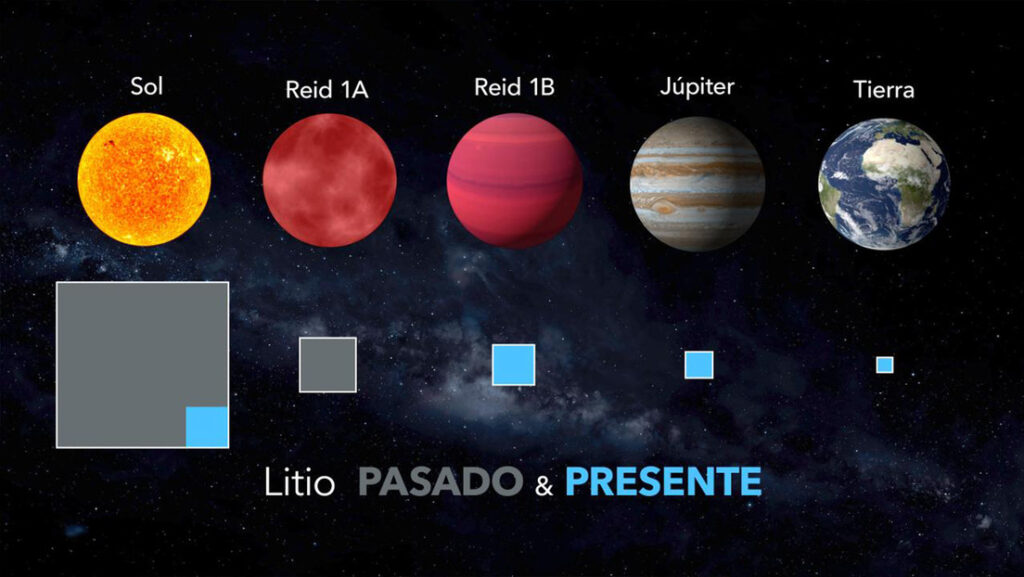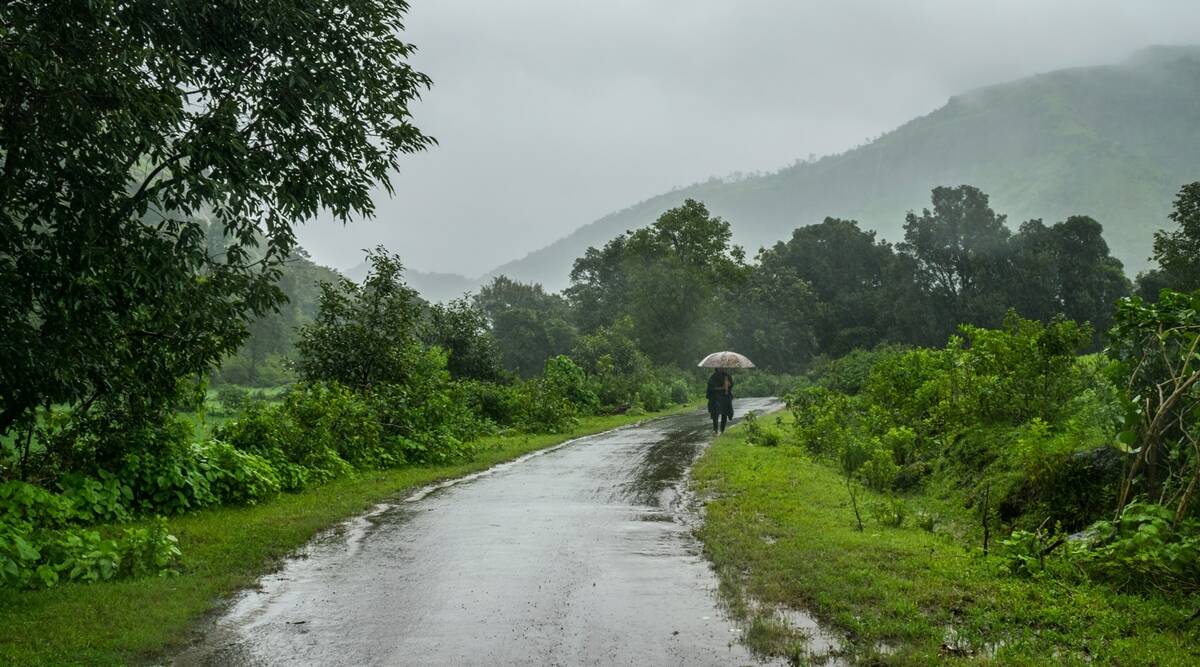The Union Environment Ministry’s latest draft notification on Ecologically Sensitive Areas in the Western Ghats is facing stiff opposition in Karnataka. What does it say, and what is Karnataka’s stand on the matter?

The Union Environment Ministry’s latest draft notification on Ecologically Sensitive Areas (ESA) in the Western Ghats is facing stiff opposition in Karnataka.
The Ministry of Environment, Forests and Climate Change (MoEF&CC) had issued a draft notification on July 6, which demarcated large parts of Karnataka, Tamil Nadu, Gujarat, Maharashtra and as eco-sensitive areas. Among these states, Karnataka contains the lion share of the notified areas in the Western Ghats, at 20,668 sq km.
Lawmakers from the Malnad region, situated on the slopes of Western Ghats in Karnataka, will meet the state’s Home Minister Araga Jnanendra on July 18 to oppose the ESA draft notification.
In 2013, the Kasturirangan committee had submitted a report which recommended that 37% of the Western Ghats, covering an area of 59,940 sq km be classified as ESA. On the basis of this, several drafts were introduced which were subsequently rejected by the surrounding states, including Karnataka.
What does the new draft notification for the Western Ghats say?
The draft notification demarcates 46,832 sq km in the five states Gujarat, Maharashtra, Karnataka, Goa and Tamil Nadu as ESA in the Western Ghats. Kerala is excluded from the draft notification and it had earlier undertaken the exercise of demarcating ESA in the state by physical verification. The ESA recommended by the Kerala state government is spread over an area of 9,993.7 square kilometers, in contrast to the 13,108 sq km recommended by the K Kasturirangan panel that gave its report in 2013.
Among the five states, 20,668 sq km of the ESA lies in Karnataka, 1,461 sq km in Goa, 17,340 sq km in Maharashtra, 6,914 sq km in Tamil Nadu and 449 sq km in Gujarat. According to the notification, the concerned state governments are responsible for monitoring and enforcing the provisions of the notification.
What are the curbs that the state governments will have to implement as per the notification?
The draft notification states there shall be a complete ban on mining, quarrying and sand mining in the ESA. All existing mines are to be phased out within five years from the date of issue of the final notification or on the expiry of the existing mining lease. It also bars setting up of new thermal power projects and expansion of existing plants in the sensitive area, and the banning of all new ‘Red’ category industries. These are activities that have a Pollution Index score of 60 and above, such as petrochemical manufacturing, and coal liquefaction. The construction of new townships and area development projects will also be prohibited in the areas.
However, all existing health care establishments shall continue in ESA and so will new hydropower projects on the basis of the Environmental Impact Assessment notification.
‘Orange’ category industries, with a pollution index score of 41-59, such as jute processing and ‘White’ industries that are considered non-polluting, like chalk making, will also“be allowed with strict compliance of environmental regulation.”
How will the Centre ensure the implementation of these norms?
A Decision Support and Monitoring Centre for Western Ghats shall be established by the Environment Ministry in collaboration with the state governments of the Western Ghats region. This will assess and report on the status of ecology of Western Ghats on a regular basis, and provide a decision support facility in the implementation of the provisions of the notification.
The post clearance monitoring of projects and activities allowed in the ESA will be carried out by the concerned state government, the State Pollution Control Board and the regional office of the Ministry. All projects in the Eco-sensitive Area which have been given an environmental clearance or forest clearance will be monitored at least once a year by the concerned regional office of the Union Environment Ministry.
On an annual basis, the state governments will also prepare a ‘State of Health Report’ of the Western Ghats region within their jurisdiction, and provide details of the steps taken to monitor and enforce the provisions of the notification.
What were the suggestions by the Kasturirangan panel?
The panel, formed in 2012, was tasked with the mandate of taking a “holistic view of the issue, and to bring synergy” between the aims of protecting the environment and biodiversity, while maintaining the needs and aspirations of the local and indigenous people, of sustainable development and environmental integrity of the region. This high-level working group had suggested future steps to be taken to prevent further degradation of the fragile ecology of the Ghats.
The report had recommended a blanket ban on mining, quarrying, red category industries and thermal power projects. It also stated that the impact of infrastructural projects on the forest and wildlife should be studied before permission is given.
What is Karnataka’s stand on the matter?
The Union government since 2014 has issued several draft notifications to the Karnataka government to finalise the eco-sensitive areas in the Western Ghats, but the government has been firm in rejecting the implementation of the same.
In December last year, Karnataka CM Basavaraj Bommai informed the Centre that the state was opposed to the Kasturirangan committee report on Western Ghats. Bommai said that declaring Western Ghats as ESA would adversely affect the livelihood of people in the region. Environmental experts consider the state government’s decision to be disastrous for the biodiversity of the Western Ghats.
Recent Posts
- Astronomers detect first direct image of black hole expelling a powerful jet
- WhatsApp rolling out ‘reply with message’ feature within call notifications
- Multi-Device Pairing May Be Arriving for Apple Watch this Year
- Artificial Intelligence Discovers Hidden Giant, a Planet 5 Times Larger Than Jupiter
- Google CEO Sundar Pichai Talks Bard & The Future Of Search
Recent Comments

Astronomers detect first direct image of black hole expelling a powerful jet

Artificial Intelligence Discovers Hidden Giant, a Planet 5 Times Larger Than Jupiter

Scientists explain melting of Antarctic ice sheet dating back 9,000 years

An Unexpected Discovery: Hubble, ESA's Gaia Spot Double Quasar That Existed Over 10 Billion Years Ago

Astronomers detect first direct image of black hole expelling a powerful jet

WhatsApp rolling out ‘reply with message’ feature within call notifications

Multi-Device Pairing May Be Arriving for Apple Watch this Year


